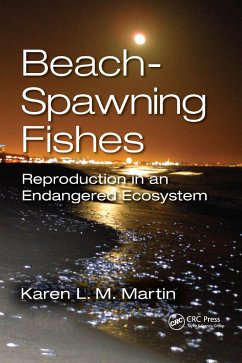
Behavioural Ecology of Fishes
Versandkostenfrei!
Versandfertig in 1-2 Wochen
302,99 €
inkl. MwSt.
Weitere Ausgaben:

PAYBACK Punkte
151 °P sammeln!
This volume is based on the proceedings of a conference held in Sicily, in October 1991. It illustrates the developments in the field of behavioural ecology using fishes, with new or more sophisticated ideas and techniques that offer the potential of powerful analyses of selection on behaviour.














